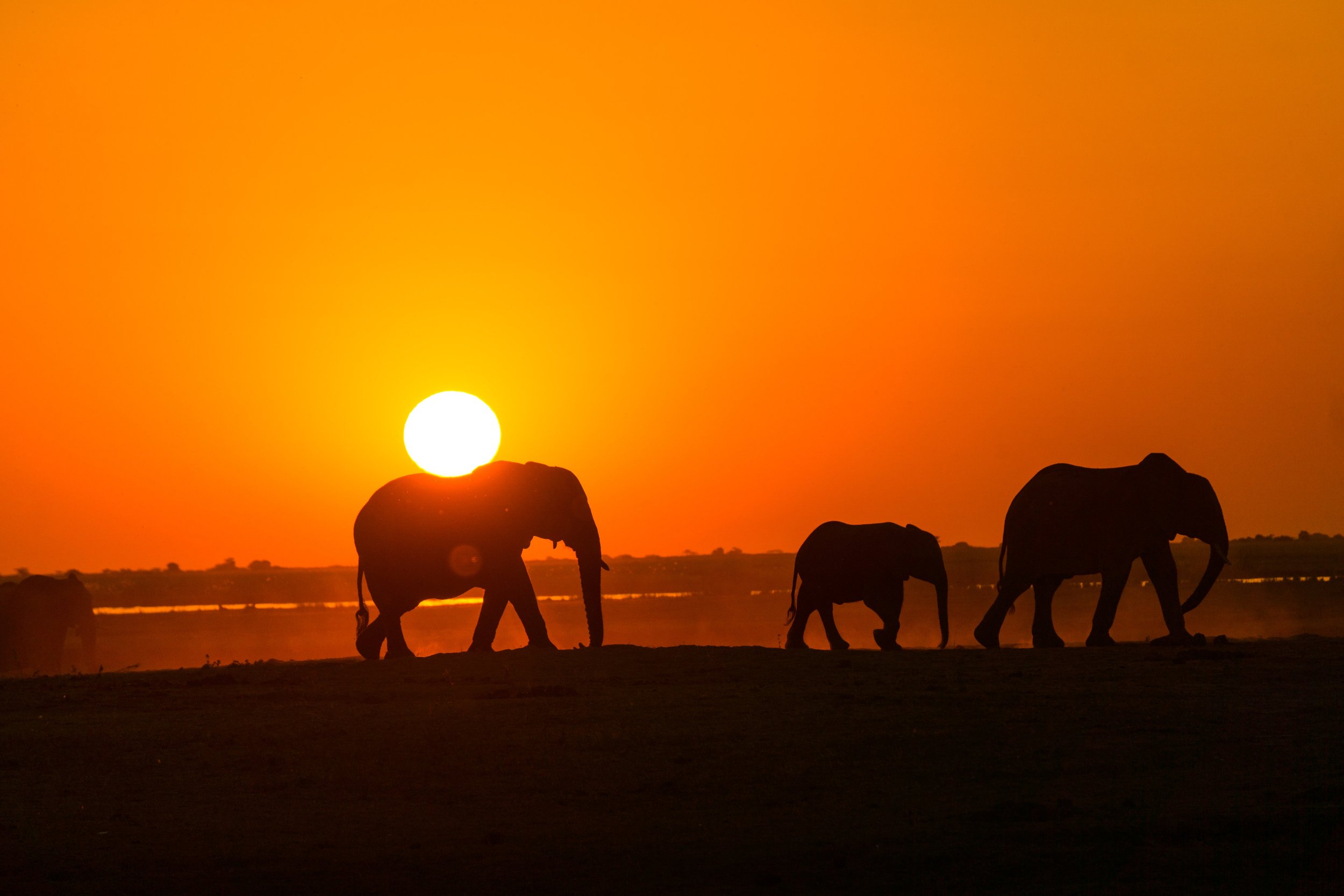Wild Animals Can Curb Climate Change
Source: Jordan Heinrichs on Unsplash
The world's largest creatures might just be able to help us fight global warming. This past February, a group of scientists conducted a literature review to pinpoint how the largest animals on Earth like elephants and hippos contribute to mitigation and adaptation efforts towards climate change.
Approached by the wildlife conservation nonprofit Tusk Trust, the European research team was invited to further explore the specific ways that animals affect the climate. They spent their time during the COVID-19 lockdown conducting their investigation.
"We just met on Zoom every couple of weeks and started brainstorming, looking at the literature and putting things together, but also arguing through various points and seeing which bits of evidence were really strong and which bits were a little bit flaky as well," said Yadvinder Malhi, professor of ecosystem science at Oxford University's Environmental Change Institute.
Malhi and his colleagues were surprised to find that large animals, specifically herbivores, have a direct impact on the changing climate. This consequence is due to the relationship between herbivores and their favorite food: plants.
Plants act as carbon sequesters, absorbing carbon dioxide from the atmosphere and transferring it into the ground below. And when herbivores consume plants, they are increasing the amount of carbon stored under the surface of the Earth. They do this in a variety of ways, including by passing the plants they eat through their digestive system and therefore releasing them back into the soil.
Chair of Marist College's Department of Environmental Science and Policy, Richard Feldman, wonders how this concept relates to the large deer herds found in the Hudson River Valley.
"Most of the attention that's given to the deer has to do with their effect on species composition and their preference for a lot of relatively rare herbs on the forest floor and how they are reducing that,” he said. “But it does call into question: is there some positive role that they might be playing that we haven't deciphered yet?"
Animal-based changes to the environment also tend to be exacerbated by extreme ends of the climate spectrum. "Once you get to the drier or colder margins of ecosystems, they tend to become more controlled by what animals do to them," said Malhi.
Some of these animal-based changes may occur in colder ecosystems, such as the tundra, where herbivores disturb snow cover by their movements and foraging techniques, uncovering the soil underneath and exposing it to lower temperatures. Then, when the spring sunshine comes around, the soil does not emit as many greenhouse gasses, such as methane and nitrous oxide.
“It seems that the consensus is if the large animal has ecological functional importance, they’re more likely to be beneficial to impact climate change mitigation,” said Dana Grieme ‘22, a student in Feldman’s biodiversity & conservation course.
Herbivores also increase albedo, the amount of energy reflected by a surface, when they unearth natural surfaces, thereby providing more opportunities for the sun's energy to be reflected back into the solar system. "You want high albedo, particularly in the Arctic. And if woody vegetation starts to encroach, you're going to decrease the albedo and increase the absorption of heat," Feldman said.
Also, herbivores reduce the chance of wildfire spread by decreasing the amount of groundcover in an ecosystem. “[They] can reduce the likelihood of these fires by eating biomass, by eating vegetation, digging, trampling the forest and forming trails,” said Sean Doran ‘23, an environmental student in Feldman’s class.
Herbivores are not the only ones that play a significant role in influencing the climate; carnivores do too. Yes, they eat herbivores, but more importantly, they create landscapes of fear by establishing areas that herbivores avoid to limit coming into contact with predators.
"That ends up creating much more patchy variable landscapes…and that texture narrative itself is particularly important for climate change adaptation. It allows for more microclimates, where species can adapt to climate change," said Malhi.
Large animals can store carbon themselves. For instance, when whales die, their bodies sink to the bottom of the ocean and carry carbon down below with them. But Malhi was careful to point out that animals do not store as much carbon as we may think.
"There's not a huge amount of carbon locked into [whales]. It's the fact that when the whales fertilize the phytoplankton in the surface, that phytoplankton then starts sinking to the bottom of the ocean. That's where the larger carbon sink could be," Malhi said.
According to Feldman, actions such as reducing whaling activities or expanding wildlife preserves are prime examples of the study’s emphasis on connecting biodiversity and climate change. "By careful wildlife management, we may be protecting wildlife populations, as well as mitigating climate disruption," he said.
Chair of the Marist Sustainability Committee, Nasra Ngururu ‘23, suggested that the study “is paving the way for more new research to identify new opportunities to climate change solutions and ways that large animals have been significant that we haven’t known before.”
At the end of the day, the authors of the paper conclude that it is not up to the world's largest animals to fix the climate crisis–it is up to another type of animal, more commonly referred to as the human race.
"It's really important to see these animals as they can make a contribution to an overall strategy of tackling climate change, but not to oversell them as the new solution or the latest solution to climate change,” Malhi said.
